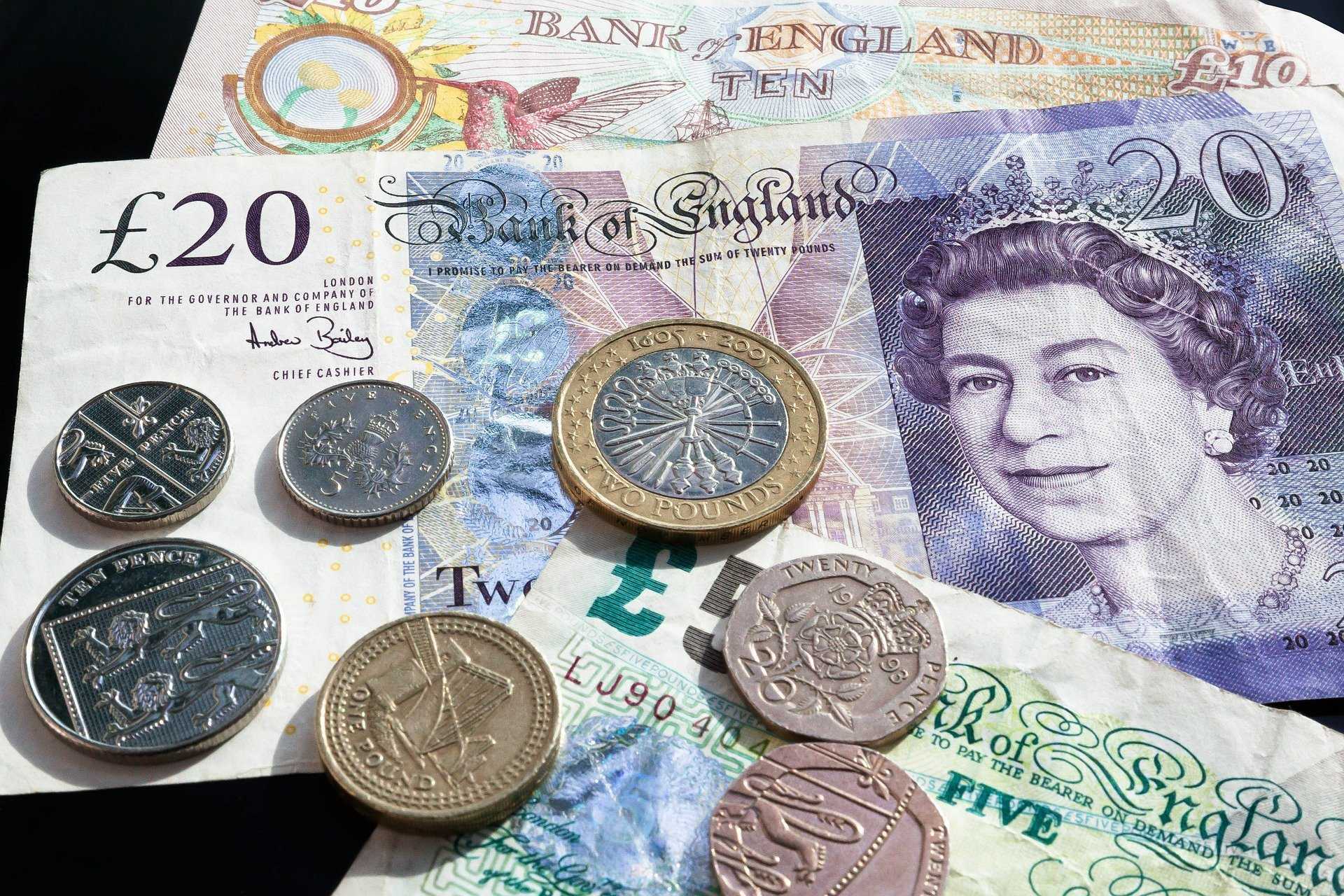GBP/USD improves with the easing of restrictions and a weaker dollar. The vaccine campaign in the UK is the fastest and has strengthened the pound.

GBP/USD Improves with Better GDP Growth
The GBP/USD currency pair is at 3-year highs reached in 2018. The Sterling slid from the February 2018 high levels at 1.4380 to the lowest level at 1.400 in March 2020. The British pound has now gained strength, rising to 1.3844 levels last weekend on 12th February 2021.
The British pound has strong resistance at 1.3860 and has not been able to break past this level for the past three days. Once the GBP/USD moves past this level, it will reach the next psychological resistance at 1.430. On the downside, it has support at 1.3675 and 1.3610 levels.
GDP numbers are better than expected and are expected to improve further after the lockdown restrictions are lifted, which may strengthen the pound even further, say experts.
The Rollout of Vaccines across Britain
UK’s vaccination plan is executed at a fast pace. The government has set a target to deliver 15 million shots by 15th February. Priority is given to health care workers and the elderly. The GBP/USD has strengthened with the vaccine rollout as it will help the economy towards normalcy.
The UK is under the third lockdown to overcome the new variant of Covid-19, and things are now returning to normalcy. Prime Minister Boris Johnson will announce lockdown restriction unwinding plans on 22nd February.
Tightening of traffic in the external borders of the country has helped the country overcome the coronavirus effects. But, economic activities of the nation are hindered, says Ben Broadbent, the Deputy Governor of the Bank of England.
The third lockdown in January has brought tight restrictions again. Along with post-Brexit adjustments, they project a lower growth of 3.4% for the first three months of 2021. The economy has fared better after the second lockdown and is expected to improve after the third lockdown.
GDP Growth for Fourth Quarter 2020 at 1.2%
The fourth-quarter GDP in 2020 is at 1.2%, much above expectations at 0.5%. Despite the national lockdown in November, the economy has done well. The economy may continue to improve in the coming months. GDP month-on-month shows good progress, increasing from -2.3% to 1.0%.
BOE has reduced its GDP forecast for 2021 from the projected rate of 7.25% to 5%. For the first quarter, the GDP has come down 4%, caused by the nationwide lockdown restrictions.
Economic Indicators Show Slow Growth
UK BRC Retail Sales Monitor year-on-year is better at 7.1%, much better than the expected 4.8%, which is good for the British pound. Same-store sales in retail outlets across the UK show stronger data.
The UK consumer spending has come down after the second lockdown. Spending among people has come down 16.3% year-on-year. It is the biggest fall since May. Clothes and footwear spending has come down. Retailers have encouraged online delivery to cater to consumer needs.
Bars and pubs sales have come down almost 94% with severe restrictions affecting this sector. People are still hesitant to sit inside restaurants and prefer takeaway food, and the sector saw an 87% drop in spending in January.
Businesses are unable to overcome the after-effects of the two lockdown restrictions that have affected the sales chain, especially in small businesses. Travel and tourism have lost much of their appeal with people cutting down on travel.
Goods Trade Balance in the UK has come down in December 2020 to 14.3 billion from 14.8 billion in November. Exports have gone up 1.5% to £27.56 billion, and imports have come down 0.2% to £41.87 billion. The trade deficit has fallen to the lowest levels since 2015. It has come down from £130.8 billion to £116 billion year-on-year.
Industrial output has come down 8.6% in 2020, while in 2019 it fell 1.2%. Industrial production in December 2020 is at 0.2%, while it was a 0.3% revised increase in November. Industrial sectors that have improved are manufacturing, electricity and gas, water supply, and mining.
Manufacturing output in the UK has come down in December 2020 to 2.5% year-on-year. In November 2020, it was revised lower to 2.6%. Factory activities have improved just by 0.3%. Manufacturing production has come down 9.9% in 2020, while it was down 1.8% in 2019.
Major retail chain sales have come down by 1.3% in January from the previous month.
The Bank of England expects the UK economy to shrink by 4% in the first quarter of 2021. The lockdown has cut down jobs and spending. Once vaccines are rolled out, and restrictions are lifted, the economy may revive again, say experts.
The EU has not allowed UK financial institutions to gain access to its financial markets. Bank of England Governor Andrew Bailey says that all paperwork necessary is supplied to the EU, but full equivalence is not provided.
US Dollar Index
Once the stimulus package is rolled out in the US, it may bring down the value of the greenback, and investors expect this to strengthen the GBP/USD. The weaker US dollar Index is helping the British pound move higher. US yields are on the increase.